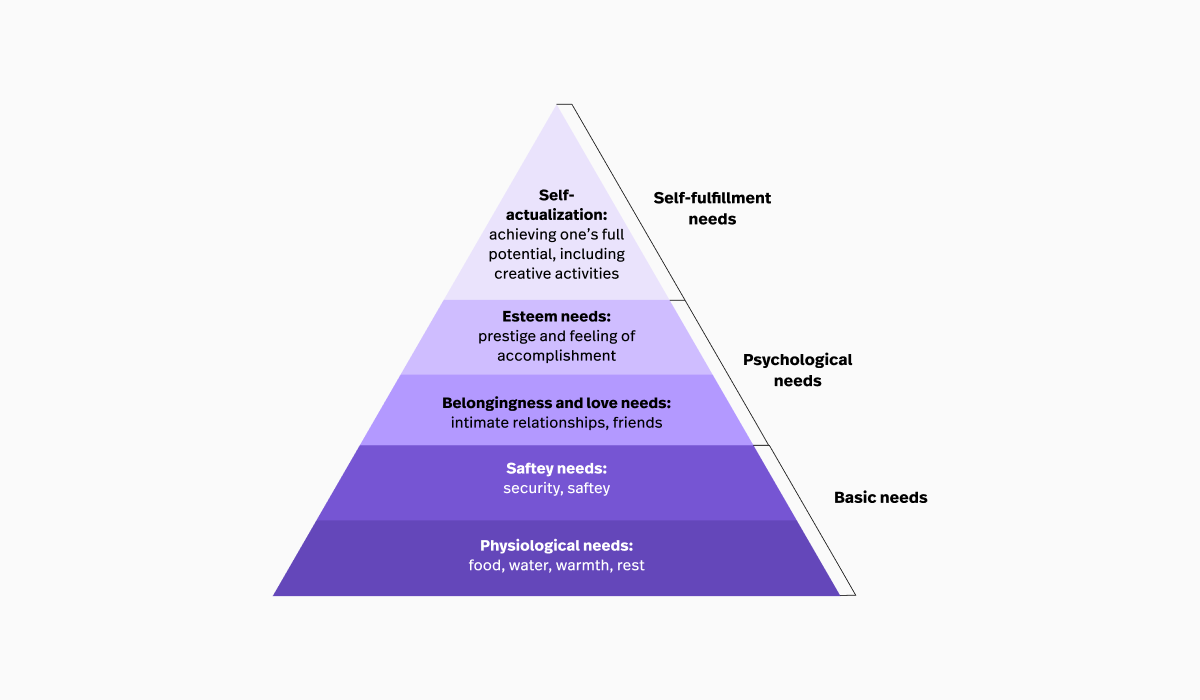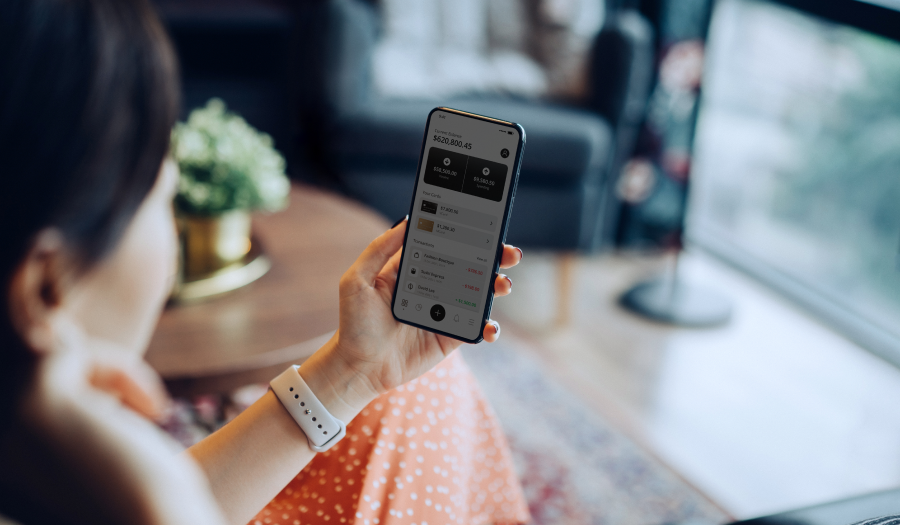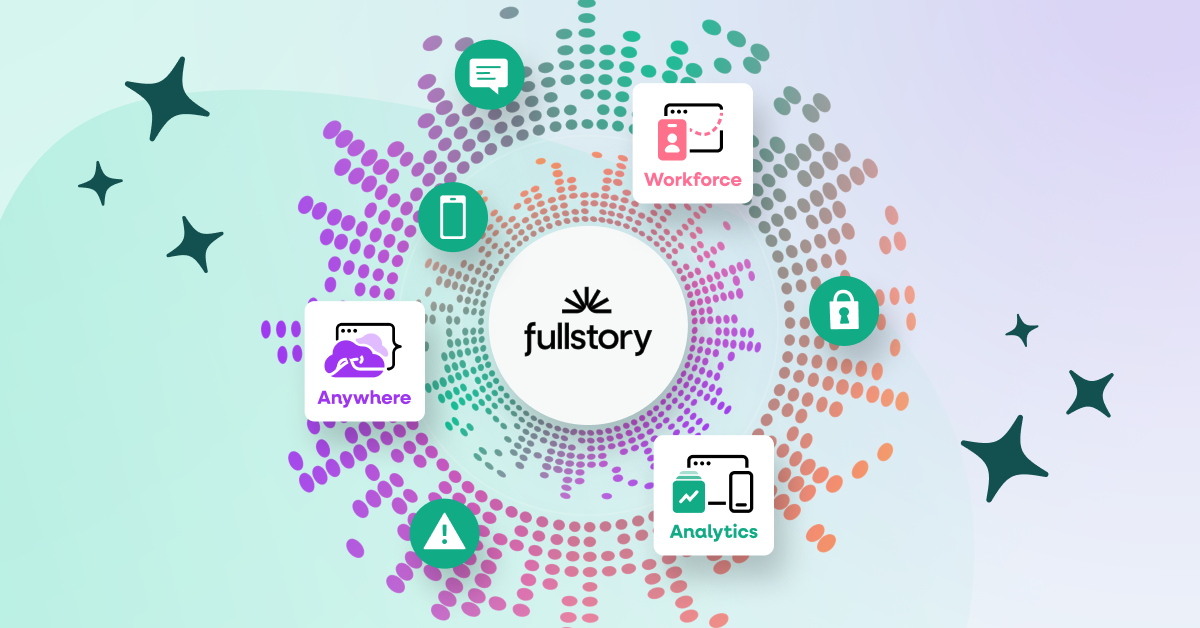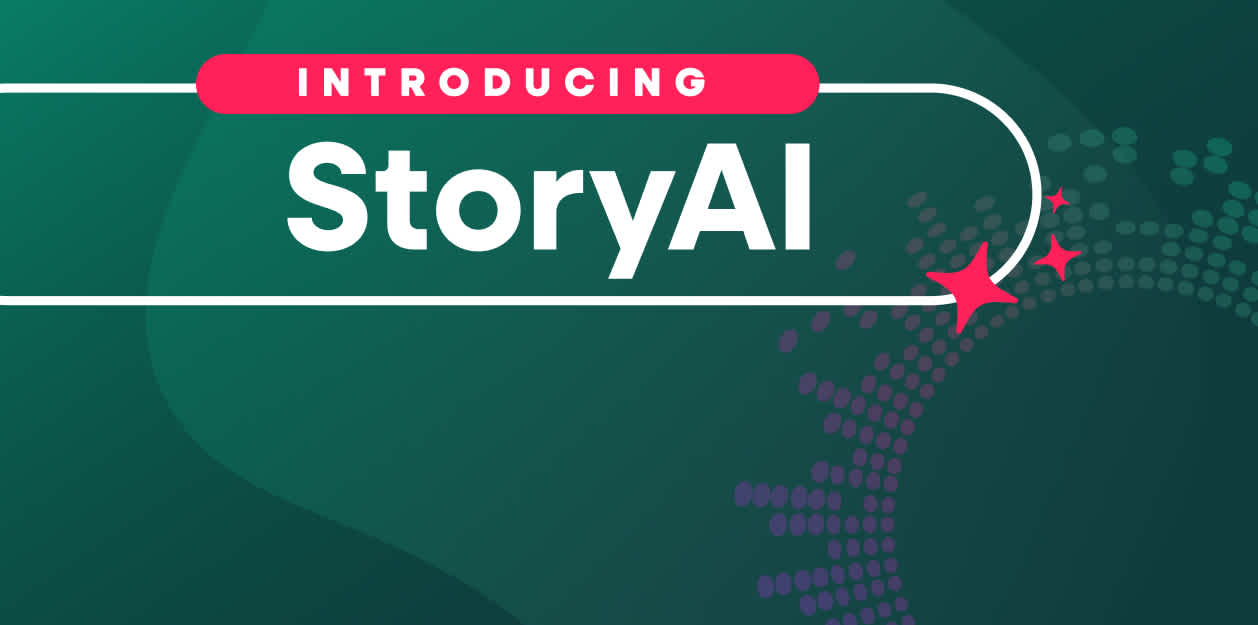This post was updated July 2021.
In a tweet thread on March 24, 2021, product positioning expert April Dunford, wrote:
"The key thing [in a crisis] is that you need to be tuned into what’s valuable for your customers right now. You need to be open to the idea that their priorities may have shifted and the way you position your offering might have to shift to stay aligned with them.”
Stating the obvious: We are all in uncharted territory.
As product folks, the customer journeys we were focused on two weeks ago are likely completely irrelevant today. And these shifting sands will continue to be the reality for the foreseeable future. So what do we do?
We show up for our customers in any way we can. That’s it. We shift focus so that we can deliver exactly what they need right now. In doing so, we build connection, affinity, and loyalty—we double down on the belief that if we are there for our customers now, they will be there for us in the future.
In this post, I outline two simple steps you can take to adapt—fast—to meet your customers' changing needs. I look at three industries that are having to pivot quickly as traditional demand is flipped on its head: Retail, Finance, and Travel. While I use these industries to illustrate specifics, keep in mind that the lessons shared in this post are applicable across the board.
First things first: What do consumers care about right now?
Want to take your digital experience to the next level? Let’s chat.
Request your personalized demo of the Fullstory behavioral data platform.
Understanding consumer motivations in a crisis moment
Stress triggers our survival instinct. This activates a fear response, which is governed by the limbic system. The limbic system is powerful and when we’re really stressed out, it can shut off our more rational cerebral cortex entirely. In times of crisis, our rational brains get hijacked and we slide down Maslow’s hierarchy of needs.

Fullstory Customer Experience Manager Ben McCormack explains, "Two weeks ago, you might’ve thought I’m going to go to Publix where shopping is a pleasure. Today though, you’re going to go anywhere where you can get your very basic needs met (i.e. find toilet paper). You care less about flashy performance features. You just need what you need.
"We’re seeing this as massive online retailers like Amazon and Walmart shift to prioritize essential items; non-essential items are being pushed out a month or more when it comes to shipping so that they can prioritize shipping what people need (or at least feel like they need) right now."
In a fear state, we are more reactive, more emotional, and more focused on trying to reclaim control over the future. Because our logical brains have taken a backseat, we need extra guidance even in simple situations. We need more reassurance that our choices will benefit us, that we won’t regret them. And we need more guarantees that if we do make a choice, we can unmake it in the future.
This is the state consumers are currently in. And brands that can provide an experience that truly meets consumers’ needs will set themselves apart. How you show up for your customers right now will have a lasting impact on how they view your brand in the months and years following this global crisis.
Let’s get to it.
Step 1: Identify your customers’ most important needs right now
Your shoppers are likely in a stress mindset, trying to accomplish one of a few primary jobs. While we are still mid-crisis (i.e. coronavirus cases continue to grow), these jobs-to-be-done will revolve around (re)gaining a sense of control and a sense of security. For example:
Meet needs: Find and purchase a specific product with ease: Household necessities, groceries, work-from-home supplies, e-learning courses, etc.
Get information: Find information quickly to help them act with confidence: Can I cancel my flight and get a full refund? How do I do it?
Increase safety: Boost their sense of safety, both physical and psychological: Can you assure me the food I’m getting delivered is handled and packaged with care?
Comfort/Self-care: Escape reality, find relief, get distracted: TV / movie streaming, podcast listening, social media browsing, pet memes.
You likely have information pouring in from different sources that can help you identify what your customers need right now. You’ll want to keep the above jobs-to-be-done in mind as you parse this information. This will help you categorize and organize your efforts (which will be useful in step two). To identify your customers’ most pressing needs, you should review:
Trending search terms—what are people searching for when they land on your site? How are their queries changing?
Customer support tickets and emails—what are people asking for? Are there new patterns?
Call center recordings and notes—why are people picking up the phone? Are there new patterns?
Social media—are people resorting to Twitter and LinkedIn to solicit help? If so, what are they looking for? What is the sentiment?
Funnel behavior—what pages are people visiting on your site or within your app? Where are they dropping off?
Frustration signals—where are people running into friction on your website or in your app?
The news—your customers are staying up-to-date, make sure you are as well. Ever-shifting circumstances may influence what consumers care about tomorrow vs. today.
CONTEXTUALIZING AND SURFACING CUSTOMER FRUSTRATION WITH FULLSTORY
Support tickets, chats, phone calls, online surveys—these are known as direct methods for understanding the digital customer experience. They allow you to collect user feedback and identify user jobs-to-be-done. BUT. These methods also put all of the onus on your user to provide said feedback. They have to take the time to tell you what they’re experiencing, they have to articulate why it hurts, and often, this feedback is misleading because humans have a hard time translating experiences into words.
In contrast, Fullstory allows product managers to understand the digital experience through the eyes of users, in the wild. The tool indexes billions of digital experience data points, illuminating how people interact with your website or mobile app in the wild. This includes behaviors that correlate to negative, frustrating online experiences. These events are searchable to developers, designers, customer support, and other teams.
Learn more about how Fullstory works here.
As you examine sources of customer feedback and behavior indicators, focus on information you can access quickly and easily. Don't get bogged down trying to review everything. Narrow your focus and look for anomalies.
Read through five call center transcripts and/or support requests. Look at tweets to your company from the past week. Pull a report to show your top visited web pages from the past three weeks.
Keep in mind that you will need to stay flexible as customer needs will continue to shift and evolve over the coming weeks. Take this into account as you move into step two: prioritize and act. Shipping small improvements and adjustments will likely be more beneficial (to your customers and to your business) than pursuing large-scale overhauls.
Step 2: Prioritize and act—time to value matters
In evaluating whether your digital experience is meeting current customer needs, ideas will begin to emerge. You should divide these ideas into two buckets:
“Fixes” or changes you need to make to ensure your experience isn’t having a negative impact on users, and
“Innovations” or opportunities to turn a perceived bug into a feature. For example, marketing thought leader Rand Fishkin has a suggestion for companies experiencing high demand and stress on their product inventory: “Tell folks you’re overwhelmed, and let them sign up to receive the next available shipment with information on when that’s coming.” Communication becomes a value add.
Both Fixes and Innovations can be used to reduce pain—or the perception of pain—and provide reassurance, which are your main objectives right now. You should evaluate ideas using a prioritization system. I recommend looking at three factors:
Size: How many customers will be positively impacted if we address this idea? Will our most valuable customer segments be positively impacted if we address this idea? Prioritize large impact over niche impact.
Potential: How bad are things right now? Is there a lot of room for improvement? You may want to prioritize ideas that allow for the biggest upswing.
Difficulty: Is this an easy idea to ship? Is it complex technically and / or organizationally? Speed matters. Prioritize the ideas you can move forward quickly.
In the following section, I look at how brands in different industries can follow the above steps to change direction quickly and meet consumer needs in this present moment. Again, these examples are illustrative—think about how you can apply these steps to your business regardless of industry.

Retail: From promotional discounts to clear shipping terms
As of March 23rd, more than 90 U.S. retailers had shuttered stores indefinitely to prevent the spread of the novel coronavirus. From Patagonia to Best Buy, Kohls to Crate & Barrel—brands that have historically operated both online and offline have had to shift gears and adopt an entirely online approach. At the same time, consumers confined to their homes are spending more and more time online, browsing, consuming, sharing. That said, they are also tightening their budgets in anticipation of an economic downturn.
This means a couple of things for retailers:
Your shoppers may not be ready to convert right now. They may not be willing or able to purchase. But they are online. They are browsing. They are window shopping. This means ample opportunity to engage with people—to invest in building connections and strengthening brand affinity.
Consumers who are looking to buy need extra reassurance that buying from you and buying now is a choice they won’t regret. This is the time to shift focus from product descriptions to other value proposition points, like shipping times, packaging and delivery policies, return policies, and inventory updates.
Thinking about the steps outlined above, here are a few actions you can take to improve the digital experience.
Step 1: Identify your customers’ most important needs right now
Audit relevant sources of customer insight listed in step one above (e.g. trending search terms, customer support tickets, call center recordings, funnel behavior, etc.)
Spend time reviewing click paths: What are the top links people are currently clicking on your homepage? Pay particular attention to the areas that may be receiving a spike in visits, such as shipping terms and conditions, your return policy, branded content, delivery service updates—anything out of the ordinary.
Dedicate time to reviewing frustration signals related to the above journeys. Can you identify areas of confusion, missing information, etc.?
Identify common topics and FAQs from support calls and/or online chat teams—can you help customers answer these questions or accomplish these goals via your website? Can you make these self-service options more discoverable?
Step 2: Prioritize and act—time to value matters
Adjust your goals. You should always be monitoring conversion rates and revenue, but right now, you have an opportunity to invest in engagement that can spur long-term brand loyalty. Can you adjust your current goals or articulate new goals that are in line with shopper sentiment, satisfaction, and brand integrity?
A/B test if possible. If customer feedback and interaction data point to a specific gap or opportunity, use that information to develop a hypothesis and test an alternate experience. Our friends at Optimizely compiled a list of test ideas here.
Let’s apply the same steps to a different industry: Finance.

Financial Services: From "Get a Quote" to highlighting key information
For banks and financial services providers, this is a crucial moment to shape public trust. With money flowing into the financial system from stimulus packages and uncertainty about consumer debt obligations (e.g. making the next month's mortgage payment), individuals will want to understand how they will be impacted and supported. Your ability to provide clarity, transparency, and guidance to consumers is critical.
“I expect that this will be one of the most pivotal moments in shaping public trust in banks since 2009. One point five trillion dollars has already been injected in stimulus into the financial system to keep it running smoothly. The public is going to be looking at this and want their own support. All that’s going to put banks’ actions to customers to employees to the community under a microscope,” explains Dan Van Dyke, research director, financial services at Business Insider Intelligence.
For banks, lending needs are increasing as individuals and businesses face economic pressure. Loan repayment plans and terms are shifting and changing. And with social distancing rules in effect across the world, visits to physical branches will all but cease; consumers are turning to digital channels and many financial services providers are not prepared.
For fintech, Van Dyke shares that digitally minded insurers will benefit from increased awareness and demand for their services. “This gives issuers the opportunity to shine with stand out services.”
If you own or contribute to the digital experience at a financial services company, communication is likely your number one priority. With so much changing everyday and with consumers uniquely focused on this space—you’ll want to shift energies toward seamless communication via digital channels.
Step 1: Identify your customers’ most important needs right now
Review all sources of customer feedback, paying particular attention to your call centers.
What are the new patterns?
What new jobs are customers trying to accomplish? What information are they seeking?
What is the tipping point that triggers a phone call?
Can you help customers answer these questions or accomplish these goals via your website? Can you make these self-service options more discoverable?
Review click paths on your site and / or mobile app: What are the top links people are currently clicking on your homepage? Pay particular attention to the areas that may be receiving a spike in visits, such as FAQs, lending information, information around rates, etc.
Dedicate time to reviewing frustration signals related to the above journeys. Can you identify areas of confusion, missing information, etc.?
Step 2: Prioritize and act—time to value matters
Focus on fixing points of friction that can help to reduce call center volume. Answer: Does solving for this particular problem help get customers closer to answering their question or accomplishing their job faster.
Communicate in human terms. All industries have jargon but financial terms are often complex. Remember: Customers are in a stress mindset and the stakes are high when it comes to finance. Anything you can do in this moment to simplify and clarify will go a long way.
The last industry I’ll focus on in this post is travel and hospitality.

Travel & Hospitality: From optimizing the booking flow to optimizing the cancellation flow
At Fullstory, we work with many companies in Travel and Hospitality—one of the industries that has been hit hardest by the COVID-19 crisis. Travelers are scrambling to change, postpone, and cancel travel plans. They are worried about their safety, they are worried about sunk costs, they are disappointed and anxious.
It is important to note people who are cancelling plans now are not lost. While many people are opting to save the funds they had earmarked for travel, 33% of U.S. and U.K. travelers plan to re-book their vacations at a later date. Fourteen percent plan to vacation in their own country and 12% plan to spend the money on day trips
People still want to travel. They still plan to travel. Which means that companies in Travel and Hospitality need to work hard right now to earn that future business. For those that have long prioritized the “Book Now” conversion flow, it’s time to rethink everything.
“It’s strange to shift focus from optimizing your booking flow to optimizing your cancellation flow, but that’s what we’re encouraging our customers to do right now,” explains Stephen Krauska, Fullstory Customer Success Manager. “If you can create an experience that allows people to cancel or change their travel plans online, you’re making their lives a little easier at a crucial time. And you’re reducing your own operating costs by saving precious call center time.”
If you can create an experience that allows people to cancel or change their travel plans online, you’re making their lives a little easier at a crucial time. And you’re reducing your own operating costs by saving precious call center time.
Step 1: Identify your customers’ most important needs right now
Acknowledge that people don’t have a choice in most cases: They have to change and cancel travel plans. Start from a place of compassion and empathy.
Spend time reviewing click paths: What are the top links people are currently clicking on the homepage? Pay particular attention to people who eventually navigate to “Help” or “Cancel” areas—how long did it take them to get there?
Dedicate time to reviewing frustration signals related to the above journey.
Identify common topics and FAQs from support calls and / or online chat teams—can you help customers answer these questions or accomplish these goals via self-service? Can you make these self-service options more discoverable?
Step 2: Prioritize and act—time to value matters
Adjust your goals. For example, can you increase the percentage of people who are able to make changes to or cancel their travel plans using online self-service? Can you decrease call volumes to your support centers?
No matter how counterintuitive it seems, put your customers first
Every industry, every individual is feeling the impact of this crisis. Now is the time to look beyond aggregate numbers and re-focus on the people behind the clicks, bounces, and conversions. Now is the time to make creative, compassionate adjustments to your digital experience and make sure you are helping customers meet their needs.
As a final takeaway, keep this list of questions in mind as you review customer behavior in this moment:
Can I make this easier…
Can I make this clearer…
Can I use simpler language and shorter sentences…
Can I reduce time-to-job-done…
Act with empathy, act with patience, act with generosity, act quickly. And you will see the benefit—in short-term customer support cost reduction and in long-term increased customer connection and loyalty.



